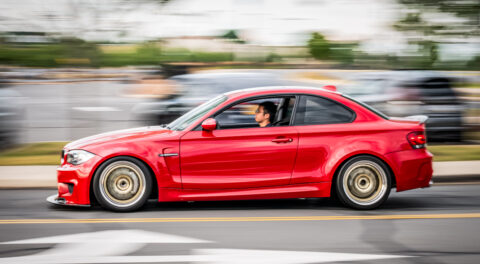Sometimes a car pops up for sale that is so good that you have to move on it—now! A few years ago, my friend Kai and I were looking for an E46 M3 to replace his autocross-prepped E36 M3. Kai is a competitive autocrosser who was looking for a car to campaign in SCCA STU class; his criteria were simple, but rigid: The car had to be a six-speed manual, a slick-top (no sunroof), with less than 100,000 miles, and it had to be a good buy.
Sounds easy, right? Not so much. We searched for weeks with no luck, and then on a cold December morning, I got a call from Kai. “I found it!” he said. “But we need to go NOW!”
The car in question was a 2002 Carbon Black Metallic—really, really dark blue—M3 with only 60,000 miles and a very good service history. It met Kai’s criteria in full, especially the price (let’s just say that it was a good buy). The owner had financed it through his father, and after a phone conversation with the former, it became clear that the latter wanted it gone—today!
The problem was that he would only accept cash, and the car was four hundred miles away, just north of Albuquerque, New Mexico. To make matters worse, he would not take a deposit; the first buyer to show up with cash would get the car.
And it was clear that we were not the only people who wanted it.
Luckily, I had an ace up my sleeve in the form of six cylinders of horizontally opposed turbocharged air-cooled power. A Porsche 911 Turbo? No, a friend’s Piper Saratoga TC II.
The PA-32R-301T is a workhorse of the general-aviation world; the six-seat, low-wing aircraft was originally developed in the 1970s as an evolution of the Piper Cherokee Six. The example at my disposal was a late-model Saratoga, one year younger than the M3 we were after. It was outfitted with on-board oxygen for high-altitude cruising and touch-screen moving-map GPS avionics. It cruises comfortably in mid-teen altitudes at 170 knots, which is just under 200 miles an hour. A quick look at the weather forecast confirmed that we had a flyable window—but time would be of the essence, because a winter snowstorm was encroaching on the region. I told Kai, “All right, I’m in. Get the cash and I’ll pre-flight the Saratoga.”
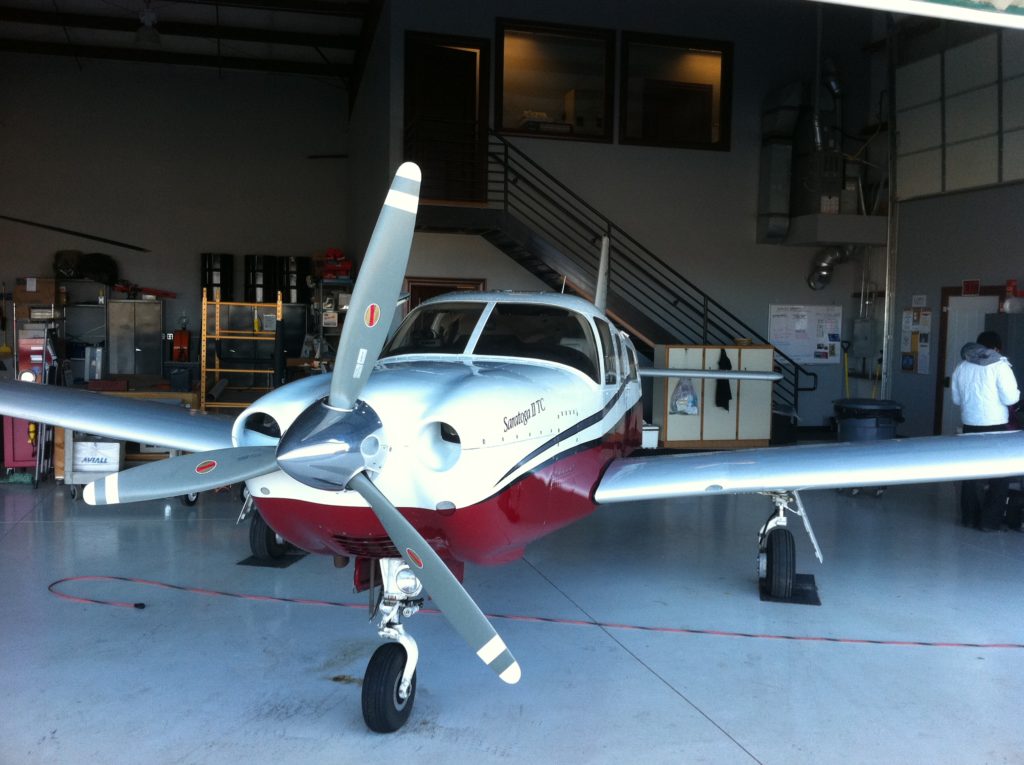
The Piper Saratoga TC II is a workhorse.
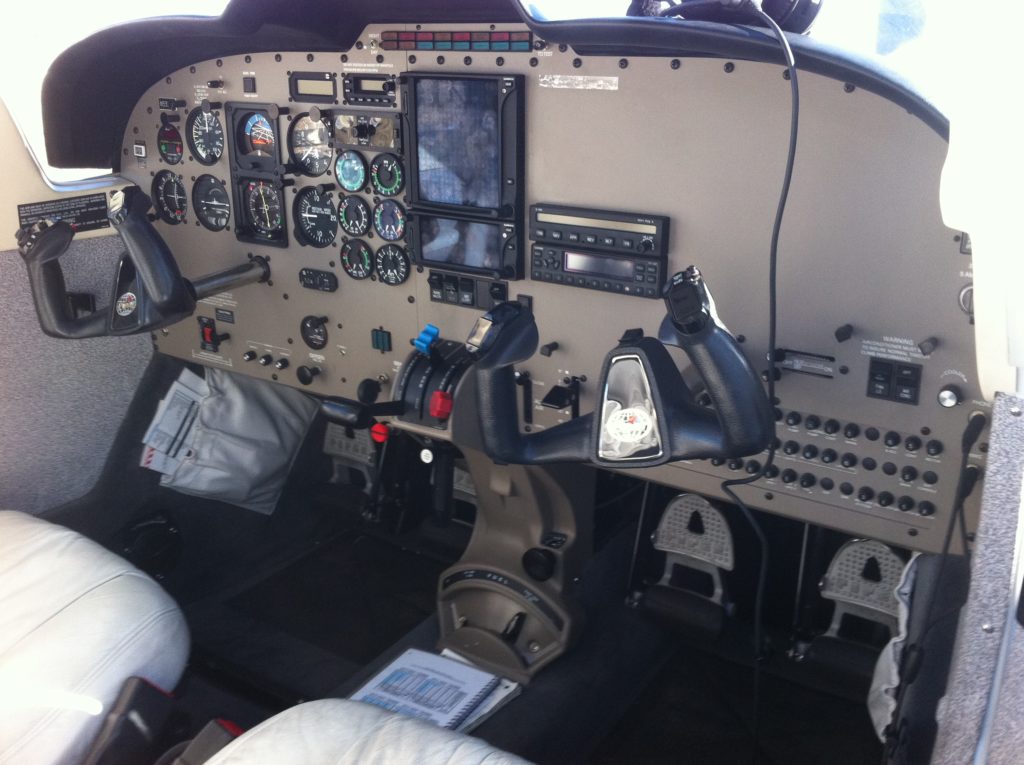
An old-school six-pack instrument cluster shares space with Garmin touch-screen avionics.
After a quick stop at the bank, Kai met me and we were off. There was a thin cloud layer over the Denver Metropolitan area that we needed to get above in order climb over the Rocky Mountains. The Saratoga and I are certified for instrument flight rules (meaning we can go in the clouds), but it is not equipped for icing conditions, which we would surely encounter in late December; I needed to find a “sucker hole” in the cloud layer to be able to climb above it in visual conditions. Just south of downtown Denver, I found one large enough to maintain proper cloud clearances. I pushed the throttle forward to max continuous power, increasing our airspeed, and pulled up, trading that airspeed for altitude. On top, it was CAVU—clear above, visibility unlimited.

Clear above, visibility unlimited (CAVU): We’re above the clouds. [Photo: Kai Jones]
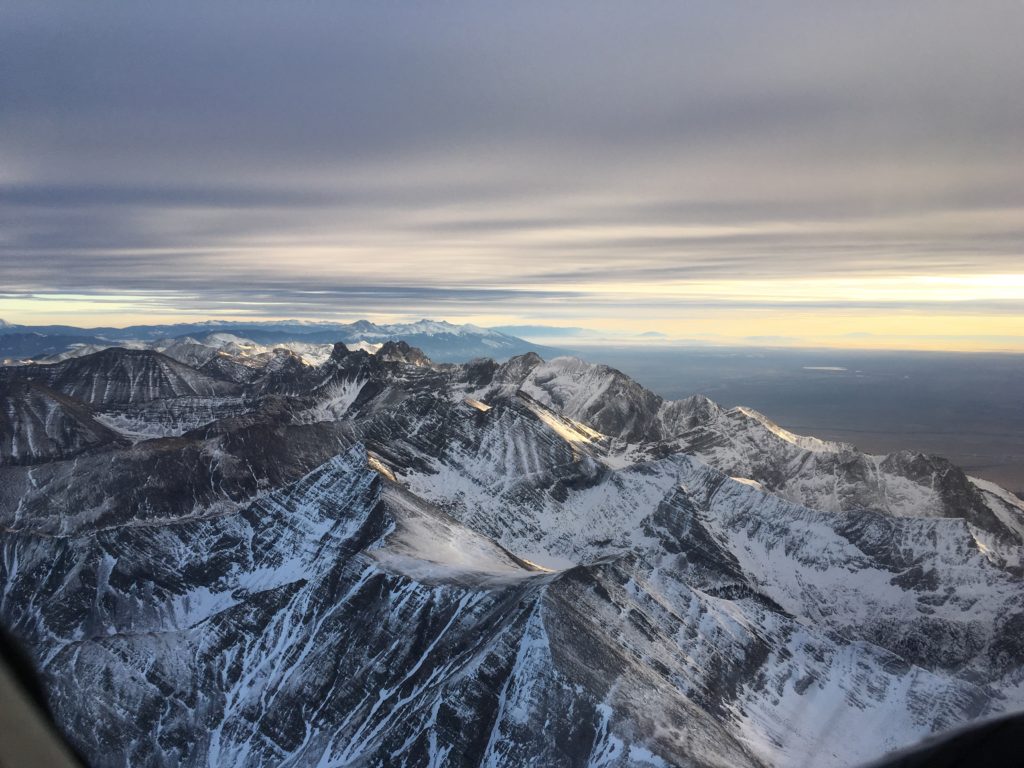
The Sangre de Cristo Mountains are the longest continuous chain in the continental U.S.
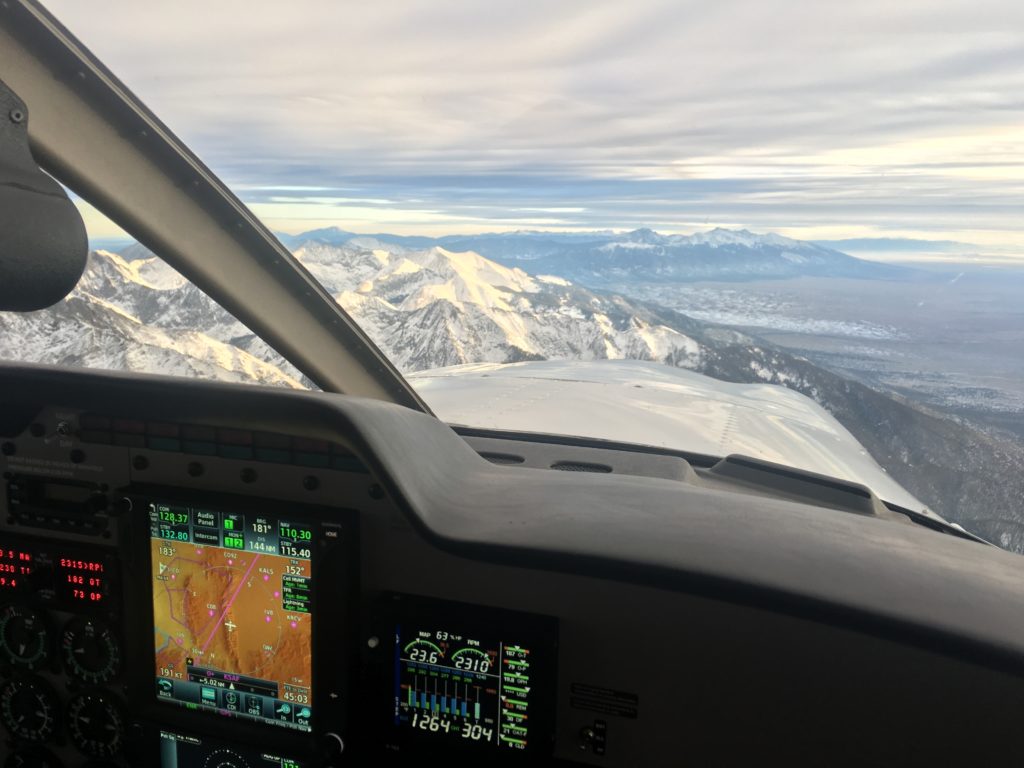
Our route is overlaid on the GPS. [Photo: Kai Jones]
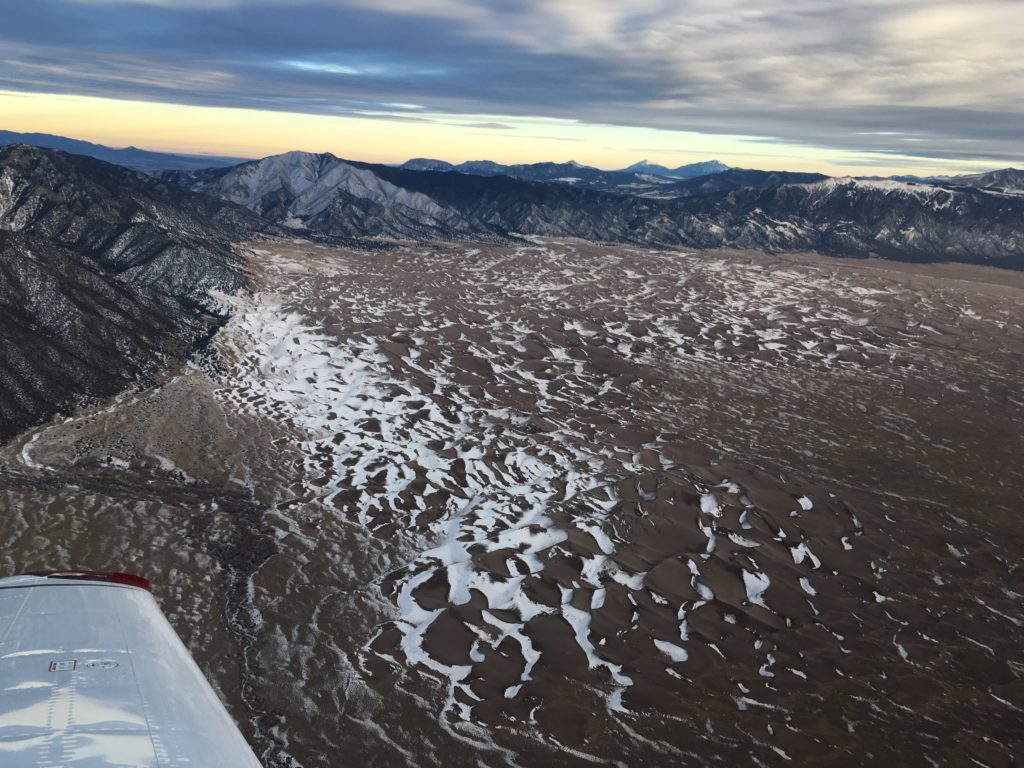
Sand Dunes National Monument displays its slow-moving waves.
Our pace, however, was quite expeditious. As darkness fell, I caught a glimpse of KSAF’s alternating green-and-white airport beacon. Descending from 12,500 feet to KSAF’s field elevation of 6,349 would require eighteen miles under normal conditions, but if I started down at 31 out without reducing power, I could maximize our airspeed and stage-cool the turbocharger. We were cleared for a straight-in approach to Runway 20 and touched down one-hour-and-thirty-five minutes after we took off. A short taxi ride later, we had eyes on the M3.
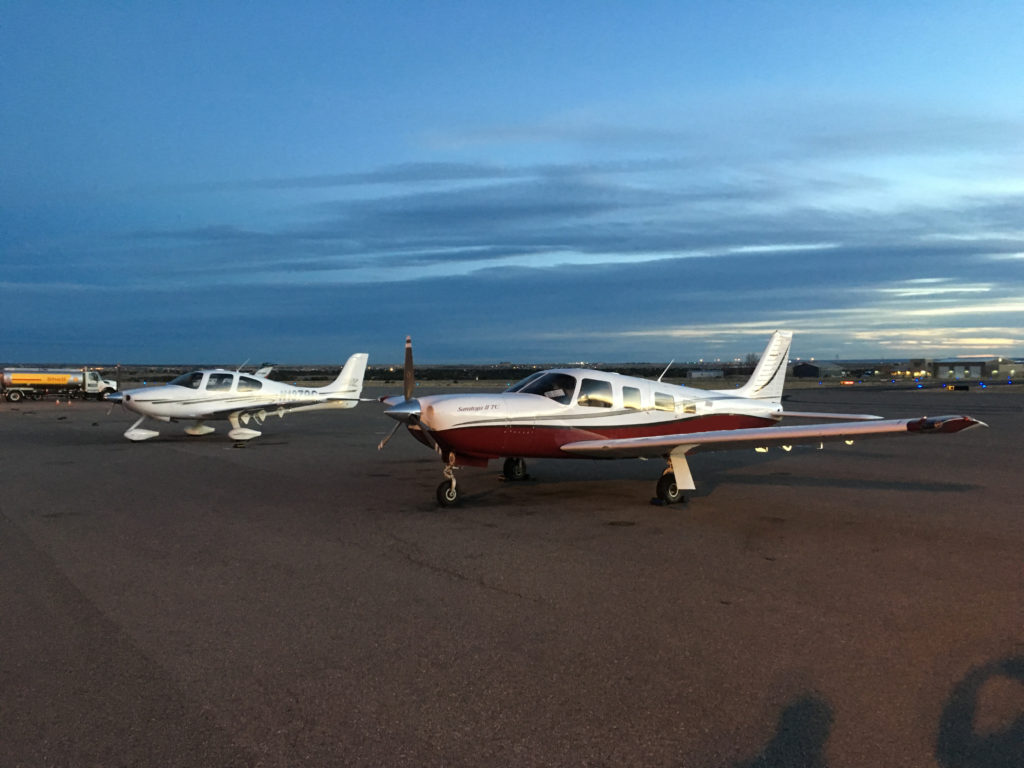
Once on the ground, it’s a race to get to the M3 before anybody else.
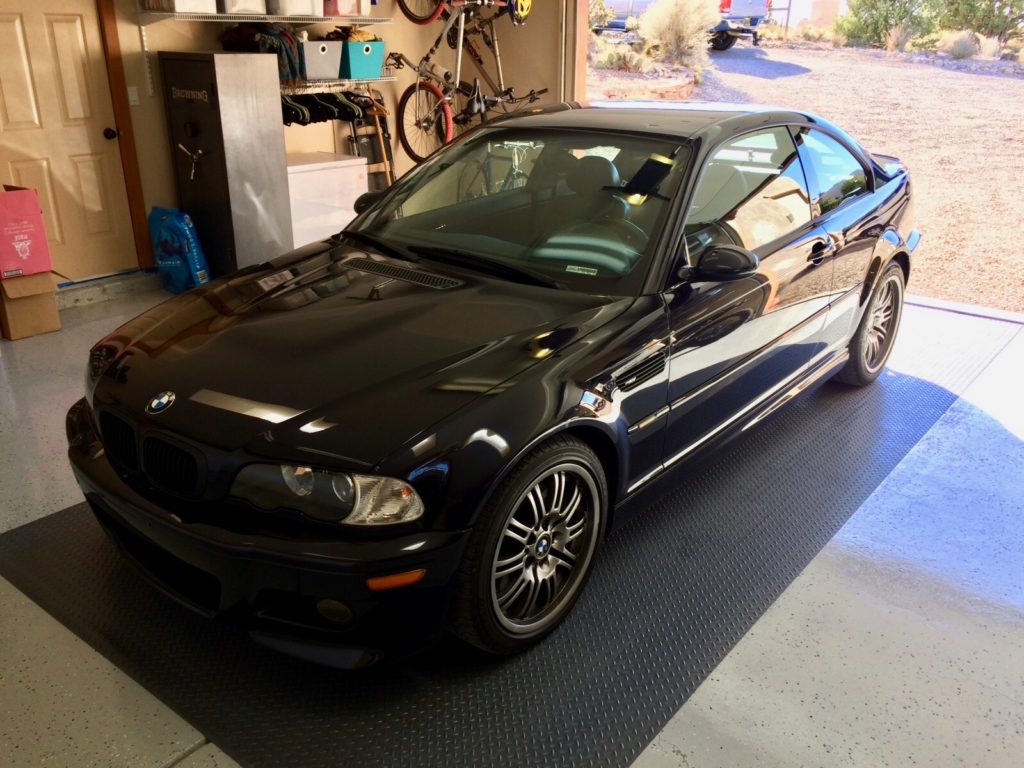
The slick-top Carbon Black M3 needed a new home—father’s orders.

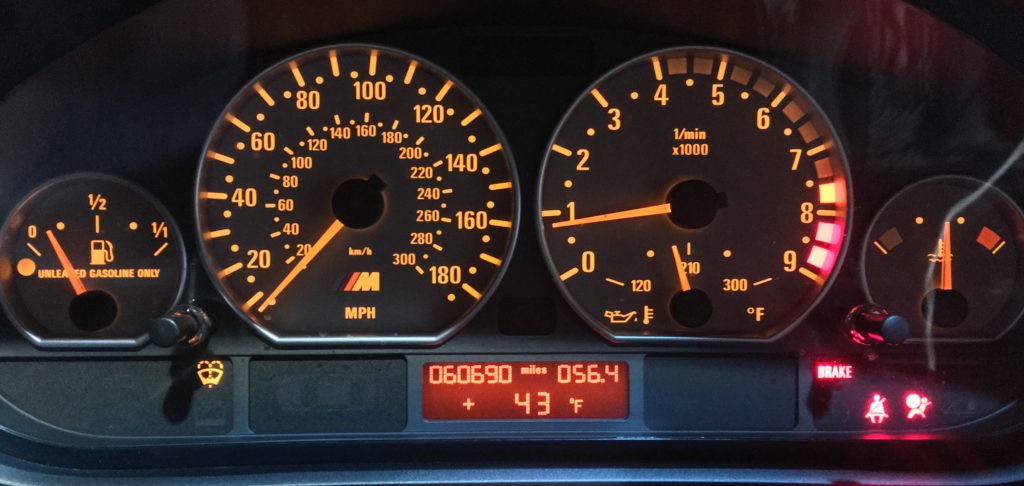
As we inspected the car under the watchful eye of father and son, it appeared to be exactly as advertised, except for a few minor issues. The blue Carbon Black Metallic paint popped, even in the dim light of the garage. The rod bearings had been replaced by BMW under recall, and it was indeed a rare sunroof-less example. It was painfully clear that the father wanted “that M3 gone,” hence the extremely good price.
I empathized with the son, but assured him that his M3 would be in good hands with Kai.
Money and title changed hands shortly after 10:00 p.m. Now we were both racing the snowstorm back to Denver, Kai on the ground and me in the air. The forecast called for clear skies until 2:00 a.m., which allowed time for a quick bite and a dose of caffeine before taking off.
A single-engine airplane over mountains at night is a scary proposition, so I opted to avoid the mountains and follow Interstate 25, which would also double as an emergency-landing option, but the flight home was uneventful. Below me, the M3 purred like a kitten as Kai got acquainted with his new car. It wasn’t a fair race home, but his pace was good—very good. This was important, because the combination of snow and high-performance tires could have been catastrophic. Fortunately, there was nothing more than light flurries falling as he pulled into the garage in the wee hours of the morning. Mission complete!

Kai raced the snowstorm home to Denver. [Photo: Kai Jones]
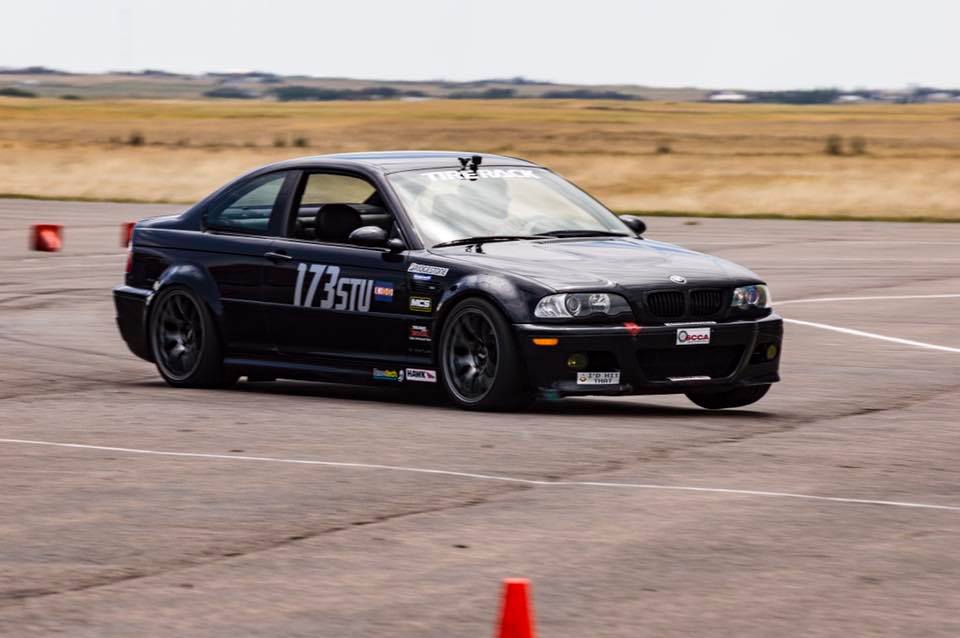
Kai finished second in SCCA Rocky Mountain SOLO in the M3’s debut year. [Photo: Brendan Sobers]
The speed-theme rainbow colors are a stark contrast to that dark, cold night when we both raced a snowstorm home a few winters ago, but every car has a story—and the next chapter of Kai’s M3 will undoubtedly be a colorful one.—Alex McCulloch

It looks fast, too. [Photo: Brendan Sobers]


